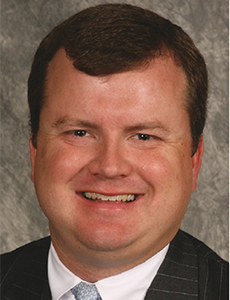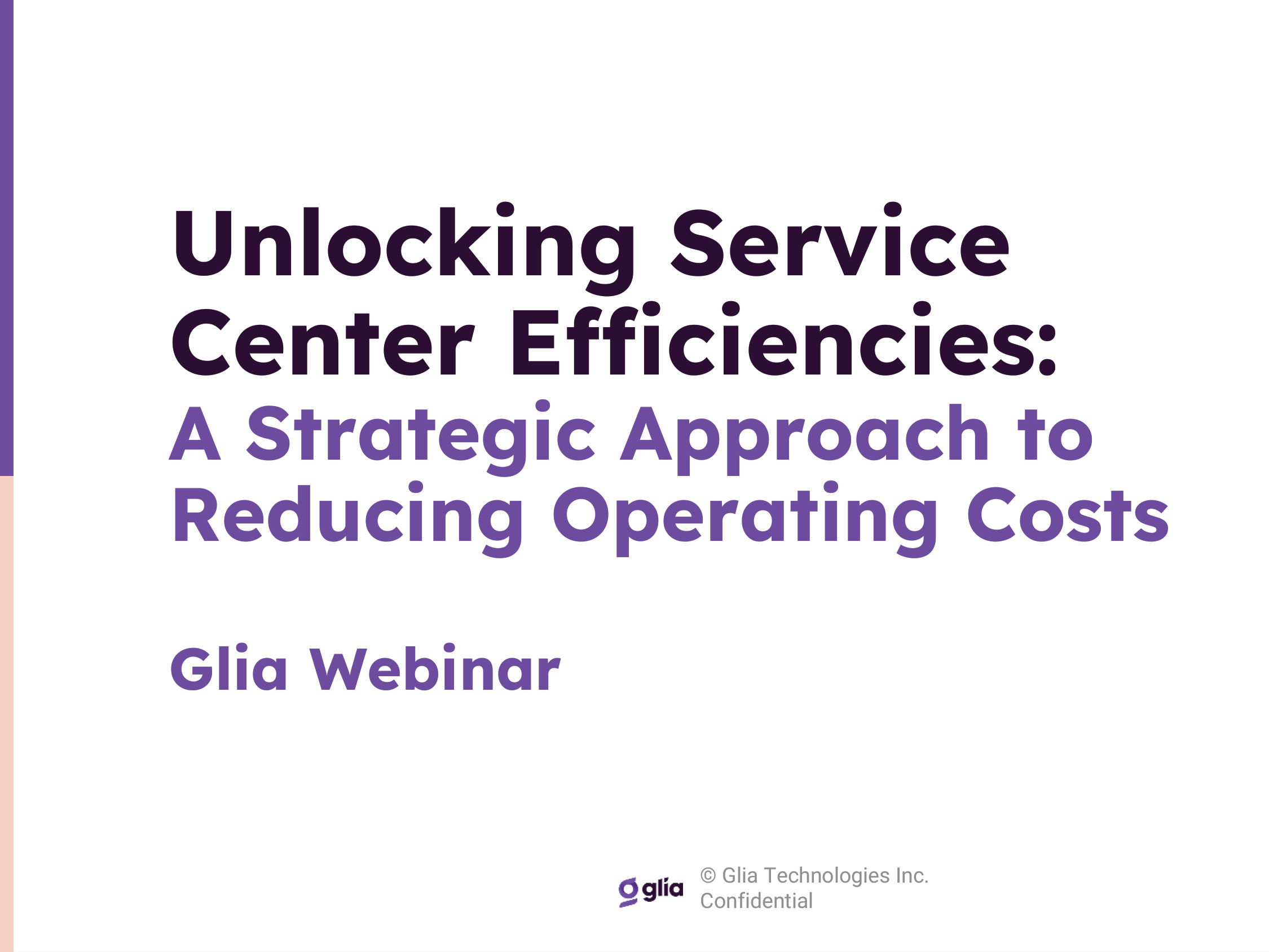Transportation
Asleep at the Wheel

Drowsy driving can be just as deadly as drunk driving — and the transportation industry is taking steps to combat this sometimes tragic problem.
The National Highway Traffic Safety Administration estimates that 83,000 crashes each year are caused by driver drowsiness. Motor carriers, transportation companies and organizations with their own fleets are acutely aware of the tragedies that driver fatigue can cause, as well as the major financial and other losses that can result.

Michael Nischan, vice president, transportation and logistics risk control, EPIC Insurance Brokers and Consultants
Even if a driver is not at fault in a crash that results in serious injuries or fatalities, ultimately the company’s reputation is at stake, said Michael Nischan, vice president, transportation and logistics risk control at EPIC Insurance Brokers and Consultants in Atlanta.
The company may be ordered to pay for damages, especially if management did not properly vet the driver for a sleep disorder or if the driver’s medical certificate was expired.
“Damages from civil suits may not be covered by insurance, so whether the driver is at fault or not, the costly settlements may ultimately cause a company to go out of business,” Nischan said. “The key is to ensure the driver is qualified before hire and throughout employment, and that requires continuing dialogue and education throughout the organization.”
Rates on the Rise
Crashes involving driver fatigue have also impacted commercial insurance for fleets. Craig Dancer, Marsh’s U.S. transportation industry practice leader in Washington, D.C., said that rates in the insurance market had been soft when carriers were trying to get business and build volume, and underwriting, in some instances, may have been lax.
“So now we’re seeing premiums rise to support the carriers’ level of losses, and some markets have exited the trucking industry,” Dancer said.
Underwriters wanting to write best-in-class are now looking to see whether organizations are using technology to make sure their drivers are performing optimally, he said. Underwriters are also looking to see if organizations are going down the regulatory checklist on how to deal with sleep apnea.
“The proactive motor carriers and transportation drivers have been addressing sleep apnea for a while now, and they have become really good at vetting drivers and adhering to fatigue management programs,” Dancer said.
Companies are conducting sleep studies and buying CPAP machines for drivers diagnosed with sleep apnea, which can have a huge impact on driver fatigue, said Todd Reiser, vice president and producer with Lockton’s transportation practice in Kansas City, Mo.
“A lot of motor carriers are trying to improve driver wellness, which correlates directly with driver fatigue,” Reiser said. “Truck driving is a sedentary job, and drivers tend to struggle with their health, whether it’s from occupational accidents or weight problems.”
The industry has also encouraged truck stops to provide healthier food alternatives, and trucking companies are implementing these alternatives at their own terminals, as well as exercise facilities, workout rooms, and nurses or physicians onsite to provide check-ups, he said.
Large trucking companies have terminals throughout the country in areas where they have a high concentration of business. Underwriters respond favorably to these types of programs.
Technology Use Increases Safety
Underwriters are also looking for anything from a technology perspective to make drivers safer, such as warning systems if a truck crosses the center line or drives onto the shoulder of the road, Reiser said. There is also collision mitigation technology that will stop or slow vehicles before a crash.

Todd Reiser, vice president, transportation practice, Lockton
Advanced technologies can help identify tired, drowsy or distracted drivers. Canadian-based Fatigue Science makes biometric wristbands that drivers wear, said Rich Bleser, fleet safety specialty practice leader for Marsh Risk Consulting in Milwaukee.
Australian-based Seeing Machines builds dash-mounted sensors with image-processing technology that tracks the movements of a driver’s eye, face, head and facial expressions to detect driver fatigue — and even distraction from doing things like texting.
Seeing Machines also provides in-cab driver alerts to prevent accidents, and 24/7 monitoring and data analytics so employers can improve practices.
The National Safety Council recommends drivers stop every 100 miles and walk around, Bleser said. Keep vehicle temperature cooler and drink ice water, because when the core body temperature is lower, the body’s “internal furnace” kicks in and builds energy to stay alert.
“If drivers are tired, they should not drink caffeine, because even if it makes a person feel that they are awake, caffeine can’t control micro sleep,” he said. “I recommend taking a 10- to 15-minute cat nap, if the driver can find a safe place to park their vehicle.”
Jenn Guerrini, executive commercial auto specialist at Chubb Transportation Liability in Whitehouse Station, N.J., said that driver fatigue can also be a problem for ridesharing companies, as they are not regulated like taxi cab drivers.
“For most of the drivers, this is their second or third job, and there is no regulation on hours of work and fitness of duty,” Guerrini said.
She said some organizations forbid employees to use ridesharing services from 1 a.m. to 4 a.m. while traveling.
For organizations with their own commercial fleets, they should track driving hours automatically in real-time by installing electronic logging devices registered and certified by the Federal Motor Carrier Safety Administration, she said. Such devices will be mandated by the end of 2017.
Companies should also develop best practices for dispatchers, said Chris Reardon, vice president of transportation, warehousing and logistics practice at Assurance in Schaumburg, Ill.
“People are going to seek to put the fault on the motor carrier as well as the driver, but companies should be managing this issue at the dispatcher level as well because often, that is where hours of service issues originate,” Reardon said.
“Poor dispatching and load planning can lead to drivers feeling pressure from the dispatchers and management to get the trip done, regardless of the time constraints.”
He reminds clients of the widespread public scrutiny and even condemnation that could occur after crashes involving driver fatigue, citing comedian Tracy Morgan, who was hit by a Walmart driver who had been awake for more than 28 hours in 2014.
“There are always going to be drivers who don’t care about regulations, because they want to make the most money running the most miles,” Reardon said. “If the management of a company does not establish a culture of safety and compliance in the office or terminal, it will inevitably trickle down to the drivers as a result.” &











